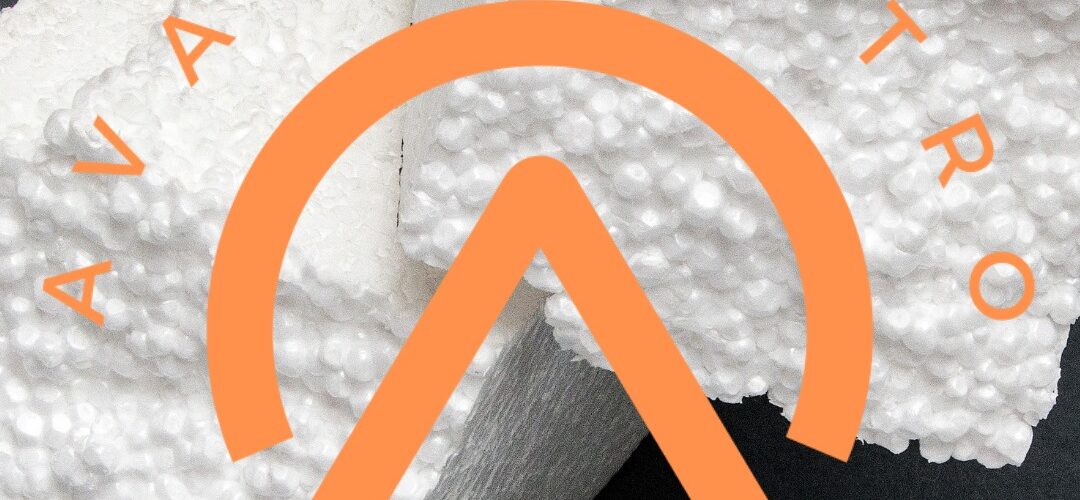Is Styrofoam a Flammable and Environmentally Harmful Substance?
Introduction
In recent years, concerns about the environmental impact of various materials have become increasingly prevalent. One such material that has attracted attention is Styrofoam. In this article, we delve into the question: Is Styrofoam a flammable and environmentally harmful substance? Our goal is to provide a comprehensive overview, shedding light on both the flammability and environmental aspects of Styrofoam.
Understanding Styrofoam Composition
Styrofoam is a brand name for a type of expanded polystyrene foam, commonly used in packaging and insulation due to its lightweight and insulating properties. To address the flammability concerns, it’s essential to understand the composition of Styrofoam. The material primarily consists of about 95% air, trapped within a matrix of polystyrene, making it inherently resistant to combustion.
Flammability: Myth or Reality?
The Fire Retardant Properties
Contrary to some misconceptions, Styrofoam exhibits fire retardant properties. The air pockets within the material make it difficult for flames to spread rapidly. In fact, Styrofoam is often used as a firebreak in construction, showcasing its ability to slow down the progression of fire.
Proper Usage and Safety Measures
While Styrofoam itself is not highly flammable, it is crucial to highlight the significance of using it responsibly. In certain conditions, exposure to an open flame or extreme heat can lead to melting and the release of toxic fumes. However, when used appropriately and in accordance with safety guidelines, Styrofoam proves to be a safe and efficient material.
Environmental Impact: Addressing Concerns
Non-Biodegradability
One of the primary concerns surrounding Styrofoam is its non-biodegradable nature. Unlike organic materials that decompose over time, Styrofoam persists in the environment for an extended period. This raises questions about its impact on ecosystems and wildlife.
Recycling Initiatives
To counteract the environmental concerns, various recycling initiatives have been implemented. While Styrofoam itself is challenging to recycle due to its lightweight nature, advancements in recycling technologies have enabled the creation of recycling programs that transform Styrofoam into reusable materials.
The Importance of Informed Usage
Alternatives and Sustainable Choices
In the quest for more sustainable options, it’s crucial to consider alternatives to Styrofoam. Biodegradable packaging materials and environmentally friendly insulation options are increasingly available, allowing consumers and industries to make more informed and eco-conscious choices.
Government Regulations and Policies
Governments worldwide are recognizing the need for stricter regulations on materials with potential environmental impacts. As a responsible consumer or industry player, staying informed about and adhering to these regulations contributes to minimizing the overall environmental footprint.
Conclusion
In conclusion, Styrofoam is not a flammable substance in the conventional sense, thanks to its inherent fire retardant properties. However, concerns about its environmental impact persist, given its non-biodegradable nature. By understanding the proper usage, exploring recycling options, and considering sustainable alternatives, we can mitigate the environmental impact associated with Styrofoam.
Written by Emir Narin

